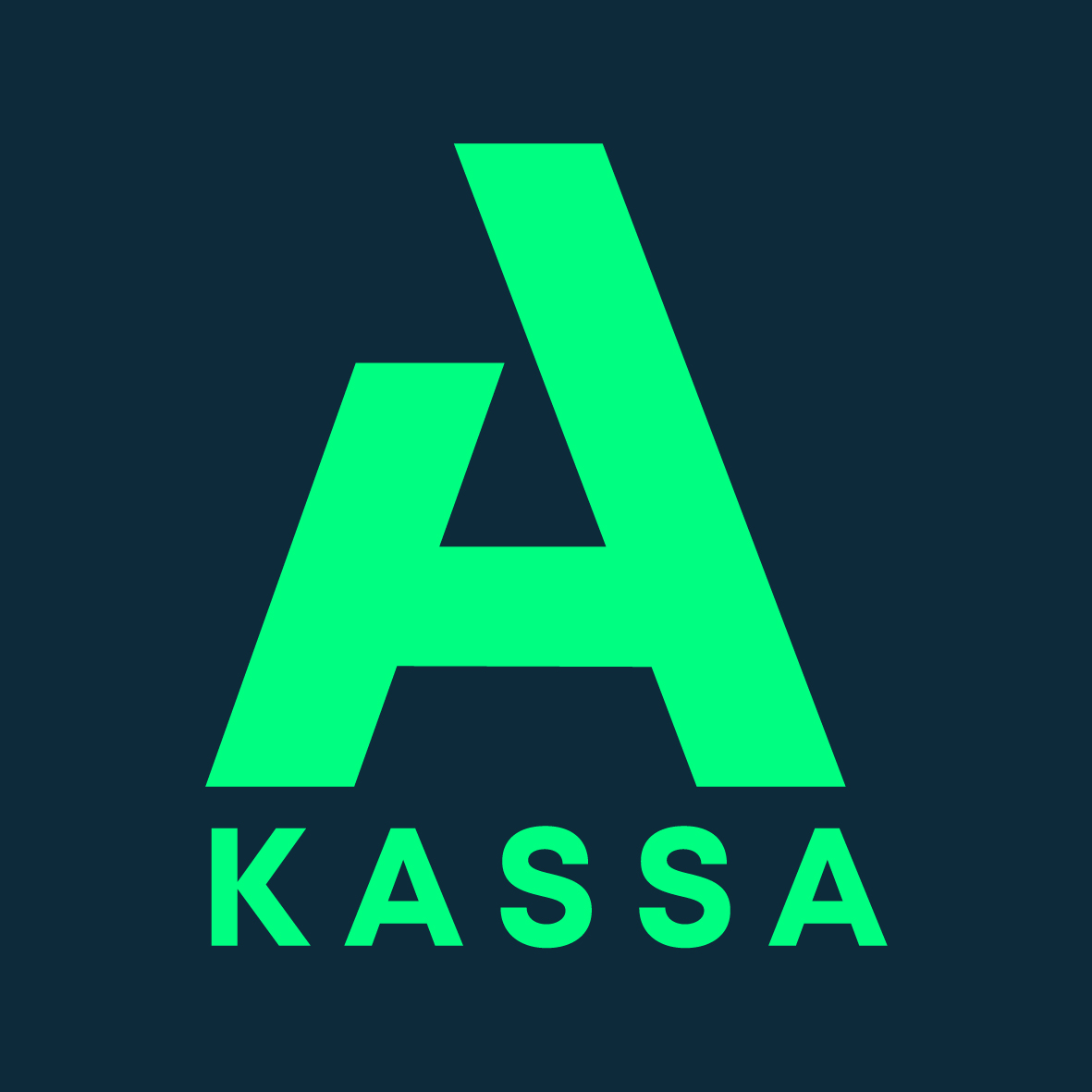On June 19, 2024, the Parliament of Finland approved the government proposal on staggering the level of earnings-related allowance. In practice, this means that earnings-related allowance payouts decrease as unemployment continues. Also, some age-related exemption rules are abolished and the right to earnings-related allowance is no longer accrued from pay subsidy work.
What does staggering of earnings-related allowance mean?
Staggering of earnings-related allowance enters into force on September 2, 2024. Both the first and the second staggering are calculated from the full earnings-related allowance.
| Full earnings-related allowance for first 40 days | 1st staggering, 41–170 days |
2nd staggering, 171 days |
| 100 % | 80 % | 75 % |
The staggering applies to all recipients of earnings-related allowance, including those who are on an extension, working part-time or receiving entrepreneur’s daily allowance. However, the change does not impact allowance periods that have begun before September. Starting September 2, 2024, the new policy is applied to benefits that are paid out in accordance with the new 12-month employment condition. If the benefit payment is based on the employment condition of 26 calendar weeks that is in force until September 1, 2024, the staggering is not applied.
In practice, the change starts to affect benefits in November. The first members under the staggering framework have then accrued 40 unemployment days, i.e. approximately two months. Those working part-time will see the impact of the staggering a little later, as their allowance period days are accrued slower.
Example:
| Monthly salary | Full earnings-related allowance for first 40 days | 1st staggering, 41–170 days | 2nd staggering, 171 days | Basic unemployment allowance by Kela |
| €2,500/month | €1,515/month | €1,212/month | €1,136/month | approx. €800 |
The earnings-related allowance is usually bigger than the basic unemployment allowance by Kela, even after the staggering.
At the beginning of September, we will publish an earnings-related allowance calculator with staggering included.
September changes related to age and pay subsidy work
In principle, pay subsidy work no longer counts towards fulfilling the employment condition after September. There is an exception: pay subsidy work of disadvantaged and disabled workers or the long-term unemployed aged over 60. In these cases, pay subsidy work counts towards fulfilling the employment condition but only after the first 10 months have passed. The employment condition calculation takes into consideration 75% of the months that count towards fulfilling the employment condition.
The following age-related exemption rules are also abolished. Wage-earners’ employment condition is not accrued by such rehabilitation, training or work opportunities that the municipality is obliged to provide to an unemployed jobseeker who fulfils age-related provisions and whose right to a wage earner’s daily allowance is ending. Protective regulations concerning the amount of daily allowance, as related to these age-related exemption rules, are also no longer valid. What’s more, the protective regulation concerning those who are at least 58 years old will also be abolished. Previously, this regulation stipulated that the earnings-related allowance cannot be decreased for persons who fulfil the employment condition after turning 58.
These amendments enter into force on September 2, 2024. According to the government, they aim to promote employment and shorten the duration of unemployment. The Open Unemployment Fund will be monitoring the impact of these cuts on members and benefit payouts.

